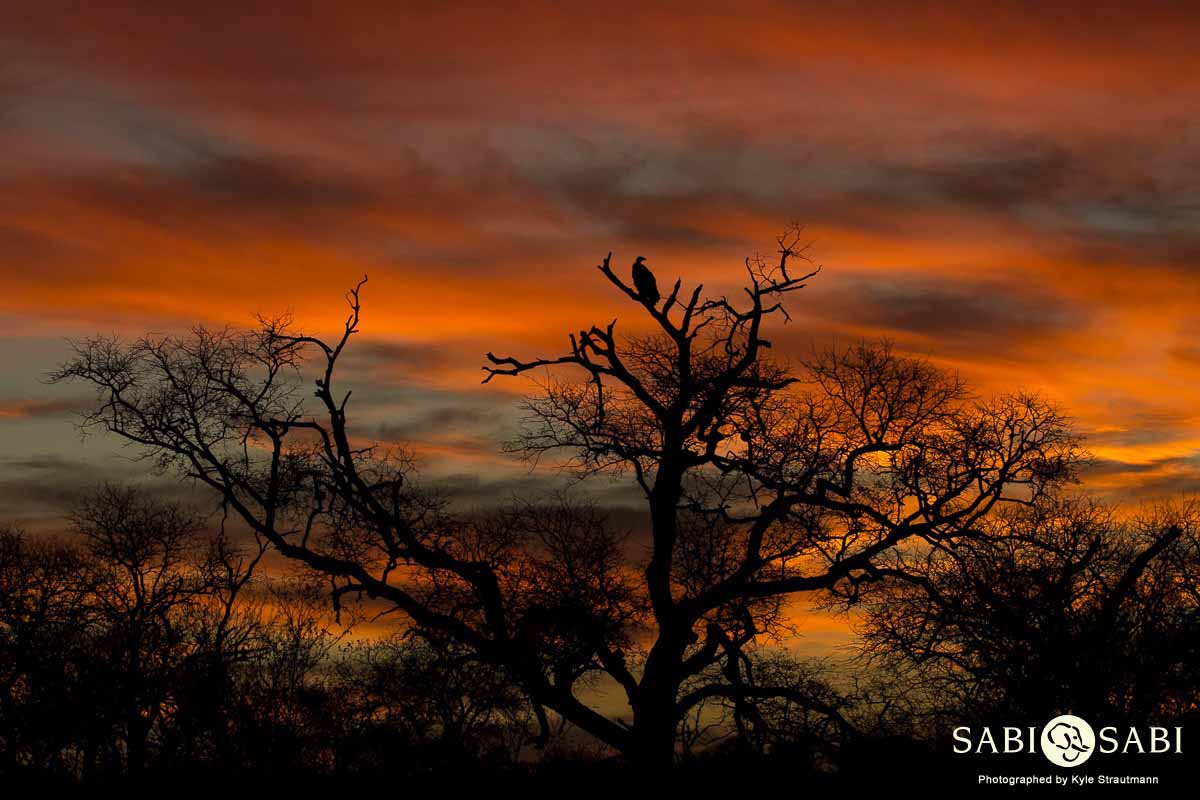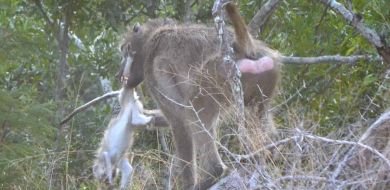Unsung Heroes Vol. 2
on Apr 17, 2018Vultures
What is the first word you think of when seeing a vulture? Creepy, dirty, sinister, ugly? For many people it brings back memories from the Lion King when the eerie vultures and unnerving hyenas gathered amongst dust, bones and carcasses. Most documentaries also showcase vultures in a dim light as they scavenge from a lifeless animal in a rather gruesome way. These misunderstood birds are definitely not ranked in the same category as melodious songbirds or vibrant, multi-coloured feathered friends... but are they less important?
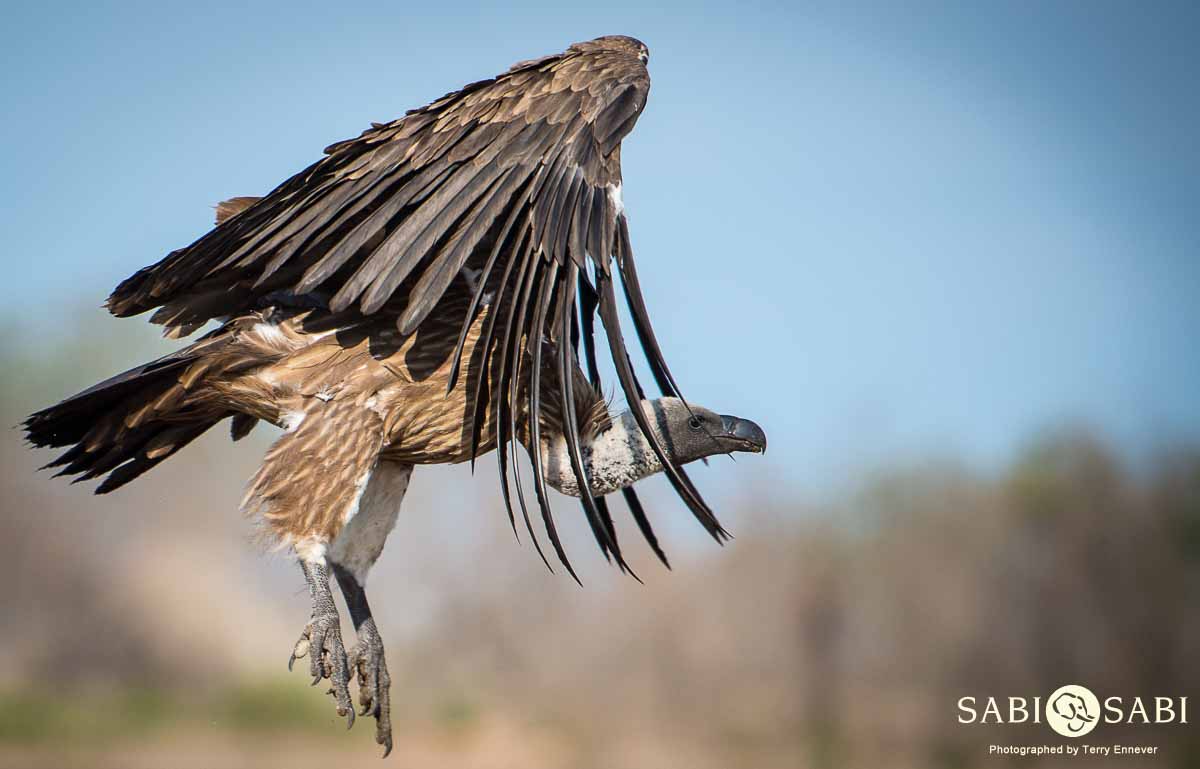
The answer is definitely no! Vultures form part of the most ecologically important animals in our natural world. They are biological waste controllers - put simply, they clean up! Vultures feed on the “left overs” of dead animals and by doing so, they not only remove waste but also prevent the spread of disease which would have devastating effects without their divine intervention.
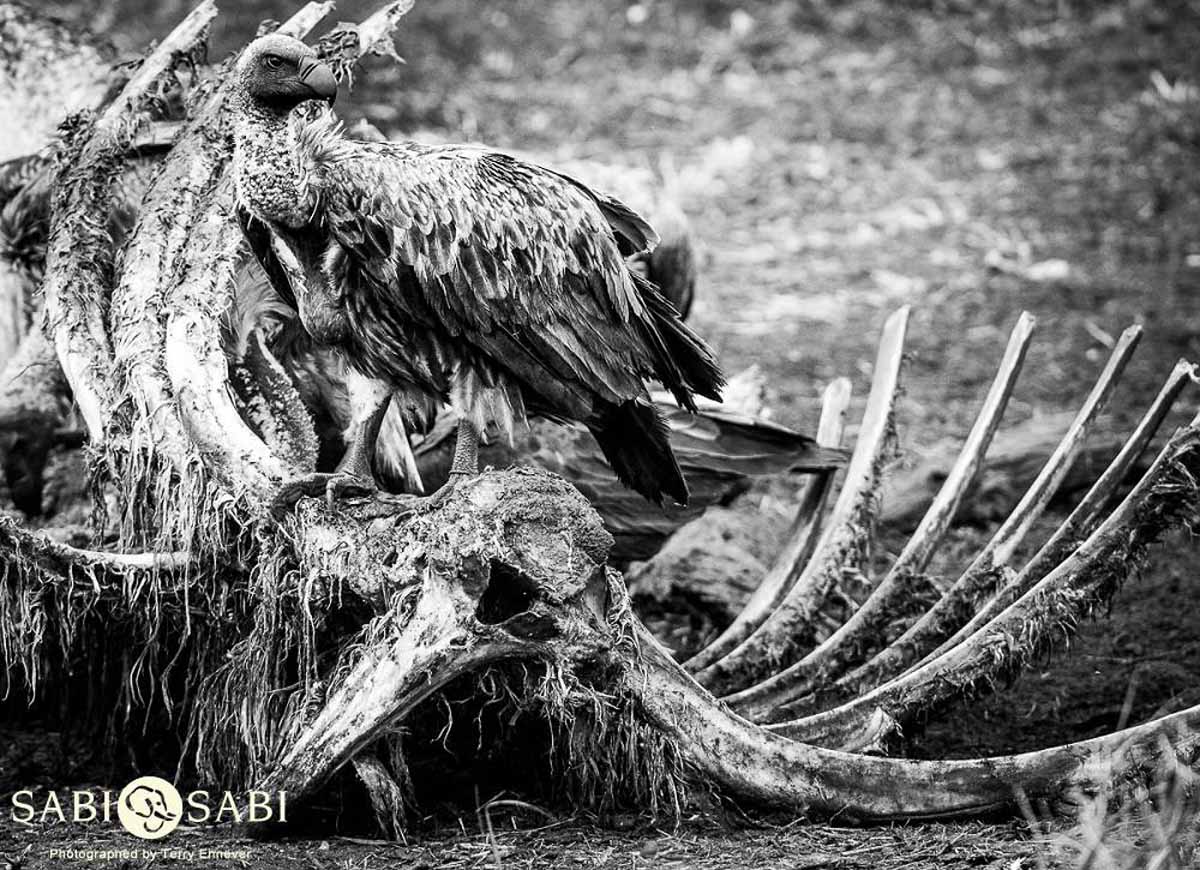
Despite their reputation, these birds are not that ugly. Some are quite attractive - such as the unique White-headed vulture. Vultures’ alien looks are contributed to the fact that most of them have featherless head and necks. This is because they need to reach deep into carcasses and blood would weaken (and continuously dirty) the head/neck feathers.
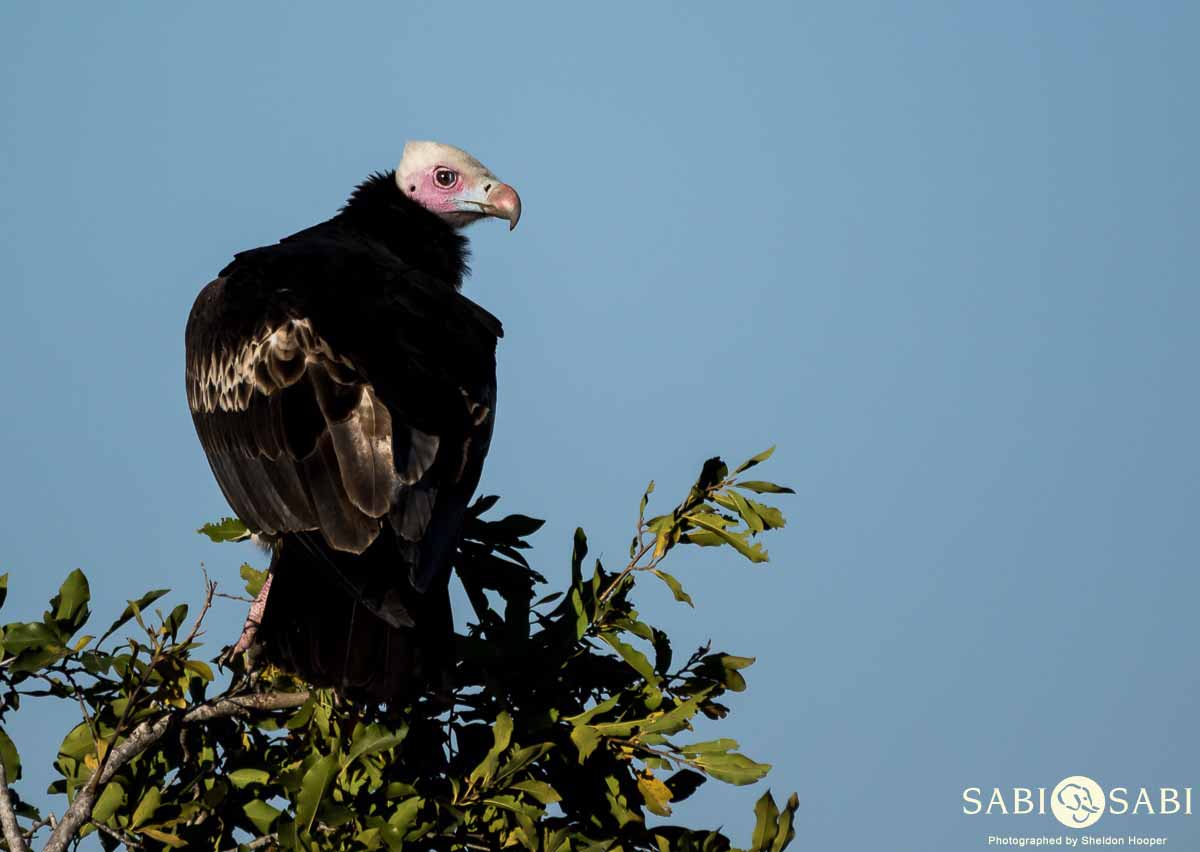
We commonly see 5 species of vulture in Sabi Sabi: White-backed, Hooded, Lappet-faced, White-headed and Cape Vulture. What’s fascinating is that each vulture has its own role to play in a specific hierarchy. For instance, when an animal dies, the larger Lappet-faced vulture (equipped with a large, hooked bill) is usually the first to open up the carcass. Next in line is the Cape vulture followed by the most common vulture – the White-backed which feeds primarily on soft mammalian carrion. The White-headed vulture often joins the feeding frenzy and very lastly, the Hooded vulture performs the final “clean-up”. This smaller species is often seen eating the scraps of a carcass and is said to even feed on lion and wild dog droppings! Thus each species of vulture has its own vital role to play.
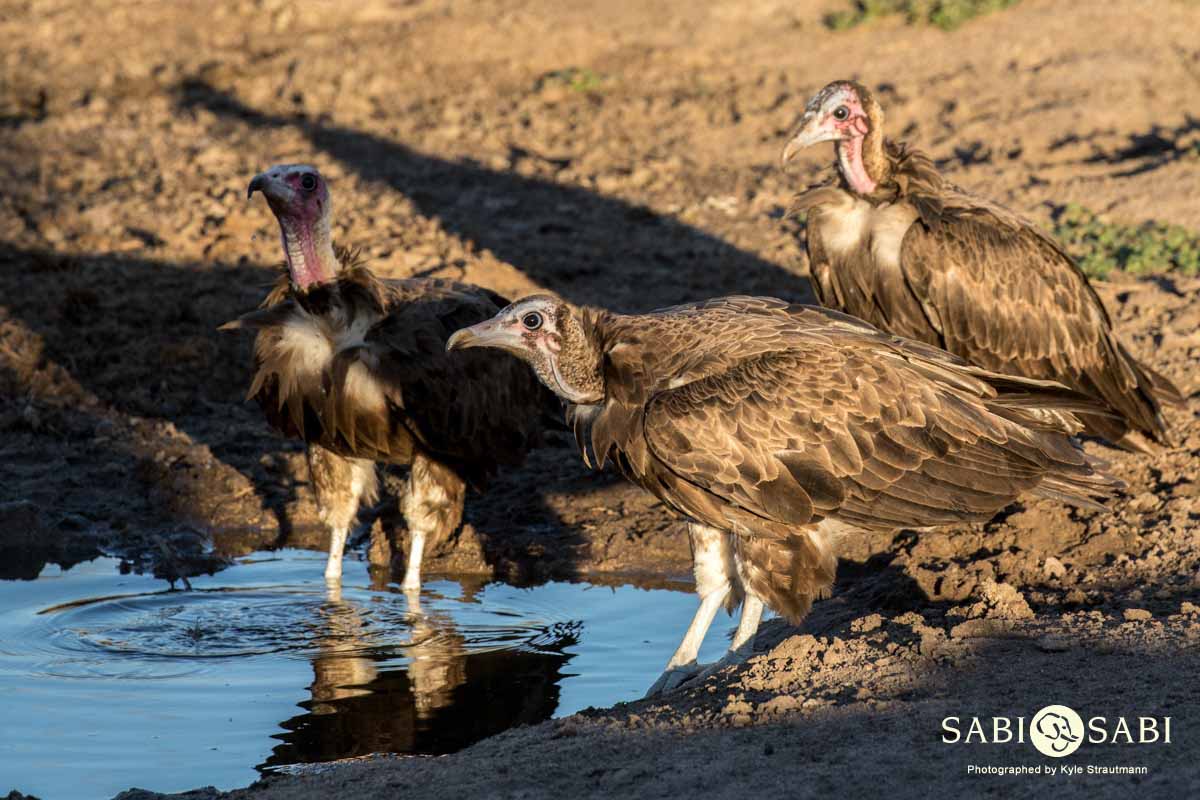
Some remarkable facts about vultures:
- They fly high! The Rüppell’s vulture has been recorded soaring at an incredible height of 37,000 feet (11,300 meters).
- Their field of view might not be the best but their overall vision is amongst the best in the animal kingdom (along with other birds of prey).
- They are able to locate carcasses miles away when flying high in the sky.
- The Egyptian vulture is known for its habit of picking up stones to break open bird eggs!
- Their stomach acid is significantly stronger and more corrosive than that of other animals or birds. This allows these scavengers to feed on rotting carcasses that may be infected with dangerous bacteria.
- Vultures sometimes follow other birds of prey and even predators like lions in order to find food.
- Vultures are patient (and brave) as they try their luck in feeding on carcasses in the presence of predators such as lions and will wait for days until it is their turn to feed!
- Us as rangers are often guided to a kill by the sight of countless vultures circling in the sky and dropping down to where an animal has died/been killed.
- When threatened, vultures throw up to lighten their body weight so they can fly away easily. Vomiting also serves as a defence mechanism to possibly deter predators.
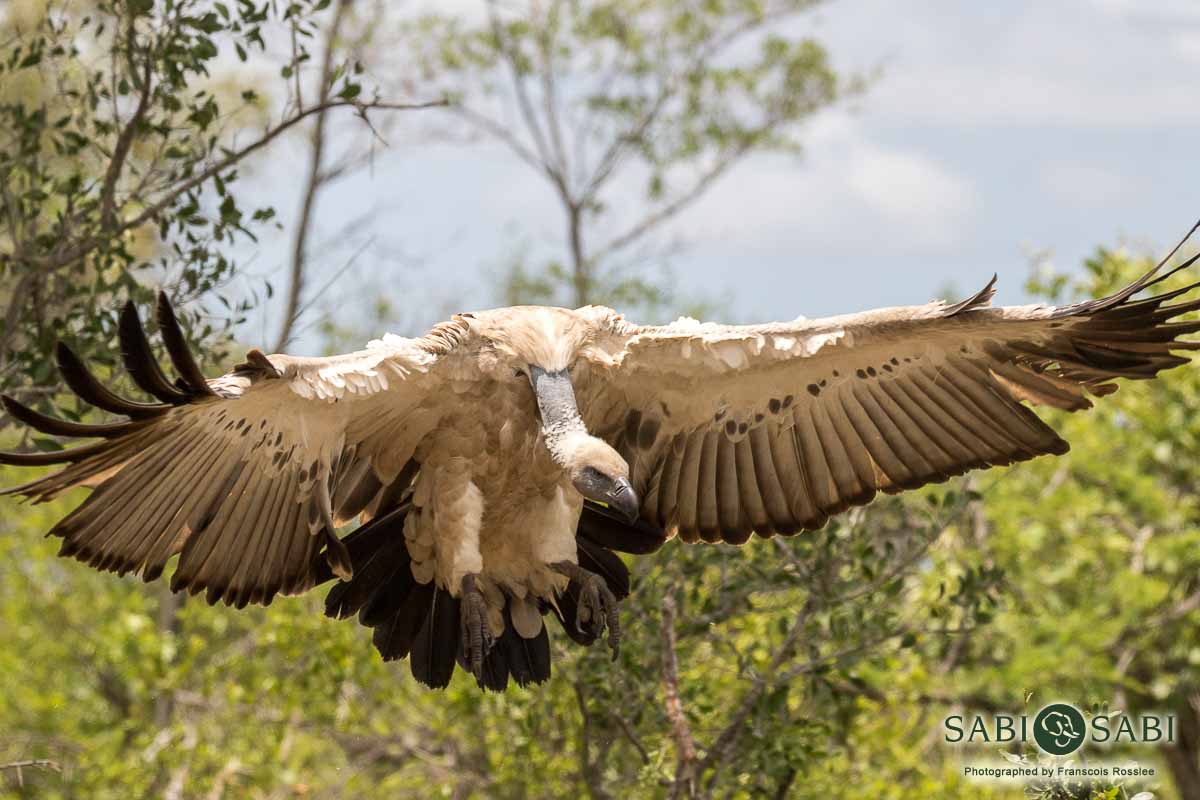
Unfortunately, these indispensable avians are under serious threat. Their populations have declined dramatically in the last couple of years and this has some serious far-reaching consequences. In Africa, they are poisoned and killed for all sorts of traditional medicine. This is done by poisoning carcasses – the vultures feed on the infected animal and die by the hundreds. A dismal death for the essential service they provide to people and nature alike. Other threats include collisions with powerlines and even high-flying aircraft! Fortunately, more awareness is being created to conserve these ecologically significant birds as people realise their importance and the vital role they play on our planet.
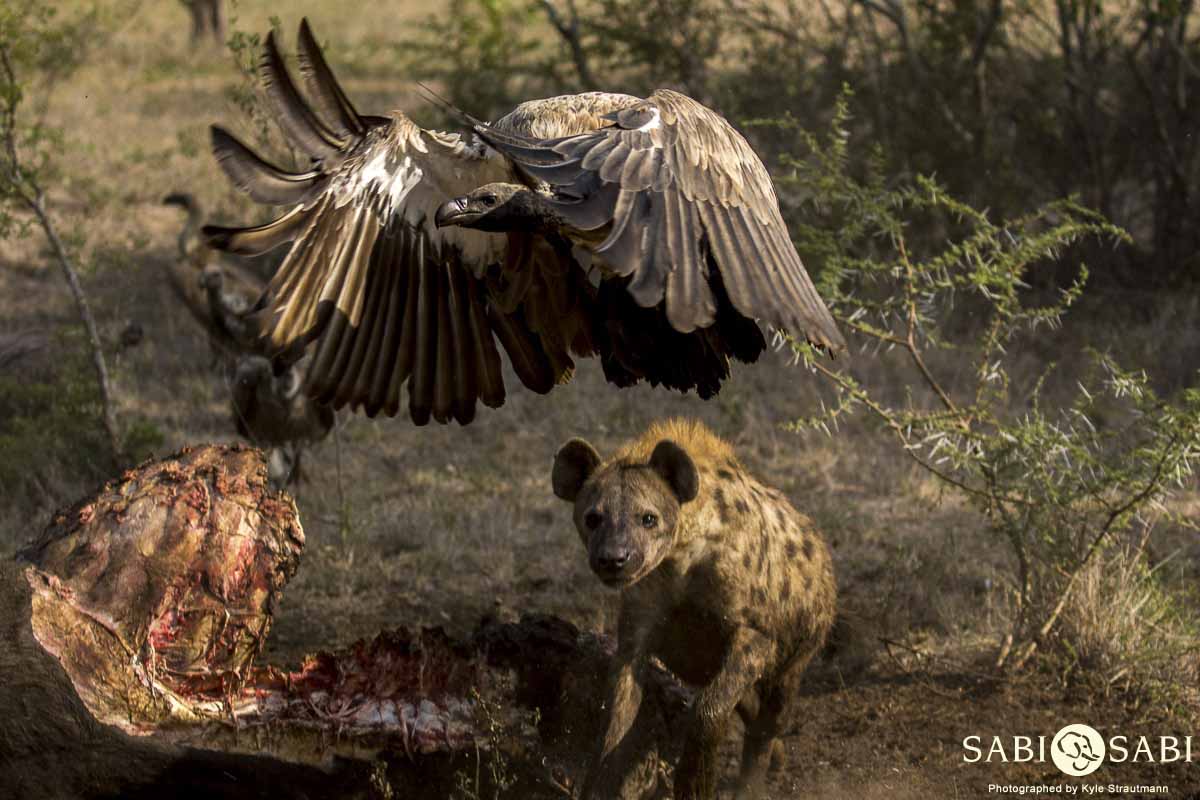
I can’t imagine an Africa without the soaring of vultures or without them famously perching on dead trees. So let’s dedicate this blog to the “unattractive” birds with a bad reputation and more importantly, one of the most essential animals to our natural world.
